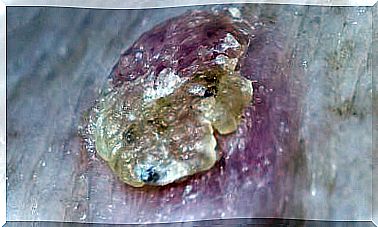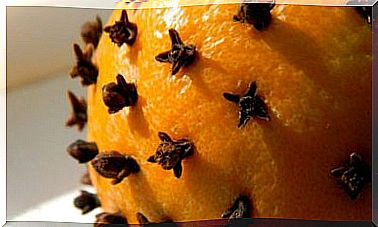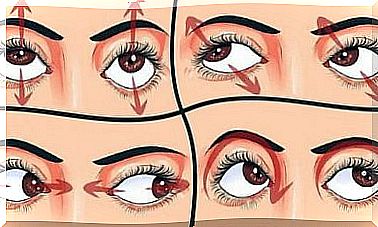Is It Healthy To Drink The Broth From Canned Food?
Consuming canning is an effective strategy for enjoying certain seasonal foods throughout the year. In this way, we ensure their nutritional quality and correct food hygiene. On the other hand, it allows us to store surpluses in production at home and avoid the deterioration of certain products.
However, the question often arises as to whether it is a good idea to consume canned broth. This liquid may sometimes contain a good dose of beneficial micronutrients. Other times, however, it is largely made up of additives or large amounts of sodium that are best avoided. We will teach you in which situations you should consume this liquid.
Canned fish
In this type of food, the liquid that is usually used to guarantee the good preservation of the product is usually oil. Therefore, and since the fat-soluble vitamins dissolve in this medium, it is advisable to take advantage of the broth to avoid the loss of nutrients.
Vitamin D deficiency is endemic at the population level. Low values of this substance are associated with an increased risk of cardiovascular diseases, according to a scientific article published in 2016.
Blue fish such as tuna, which are usually eaten canned, are one of the few foods that provide significant doses of this vitamin. Therefore, disposing of the oil inside the can means significantly reducing the supply of this necessary nutrient.
On other occasions we find canned fish in which the liquid is made up of a brine. In these types of situations, its consumption may not be so beneficial, since it means significantly increasing sodium levels in the body.
Ingesting large doses of sodium is linked to an increased risk of hypertension, according to an article published in the journal Nutrients . Therefore, this will have to be taken into account when deciding whether or not to use the broth in canned fish.

Canned vegetables
Most of the preserves of vegetable type include inside a broth formed by water, ascorbic acid and sometimes salt. For this reason, its intake is practically harmless unless we must regulate our daily sodium intake.
However, it is advisable to look at the labeling to identify possible additives present in the product. If we identify the presence of preservatives beyond ascorbic acid itself, it is recommended to consume this type of broth in moderation.
Despite everything, some types of canned vegetables, such as legumes, are usually washed before being used in culinary preparations, because the liquid that contains them alters their palatability.
However, consuming the broth from canned vegetables ensures reducing the loss of water-soluble vitamins, such as group B, which could pass into this liquid during the preservation and heat treatment process.

Canned vegetables are recommended foods
Although the consumption of fresh foods is prioritized over processed or packaged ones, we must not forget that canned vegetables are a recommended product. They have almost the same nutritional properties as their fresh varieties and the organoleptic quality is very acceptable.
In addition, they allow us to consume foods that are not in season, as well as to have sufficient reserves of products of habitual consumption without having to go to the market every little. On the other hand, its price is usually very competitive.
What should we remember about the canned broth?
Canned foods are a highly recommended option to use in your regular diet. In general, the broth inside can be consumed with harmless results for human health.
On the other hand, it is important to observe food labeling. In the case of detecting any preserves with a large number of preservatives, beyond sodium or ascorbic acid, we must limit the intake of the liquid that the product contains.
However, this is usually unusual, and the usual thing is that the food is submerged in a brine that would only be harmful for the hypertensive.









